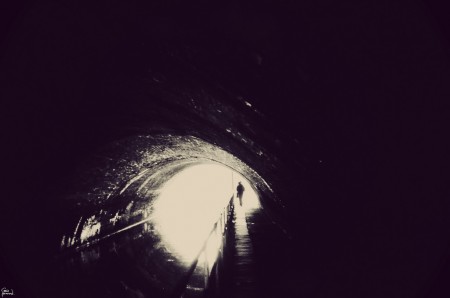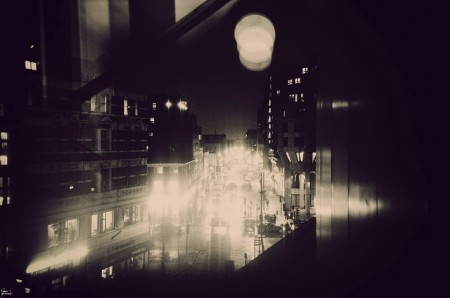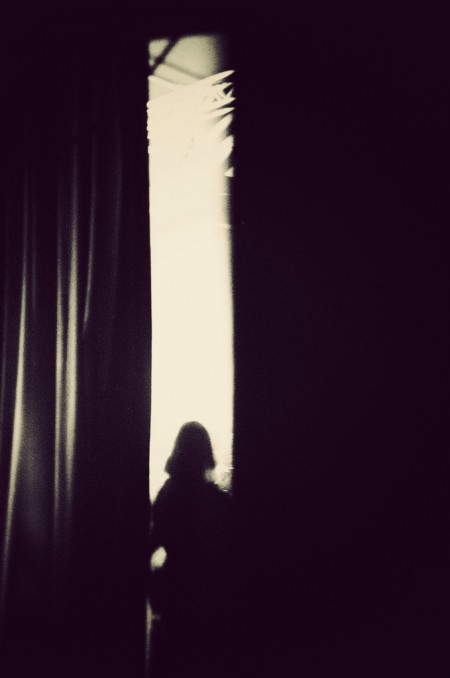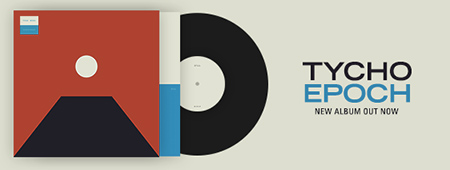The Great Smog of ’52
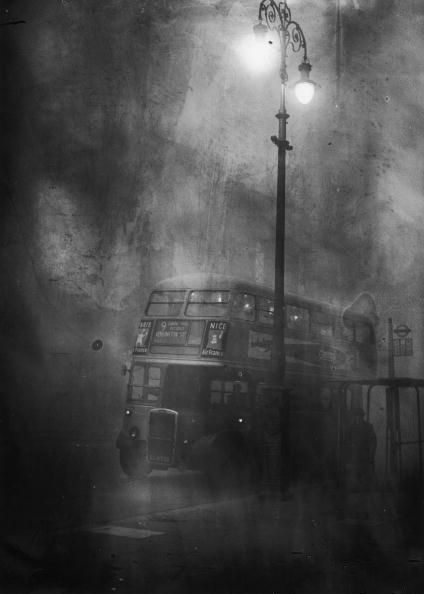

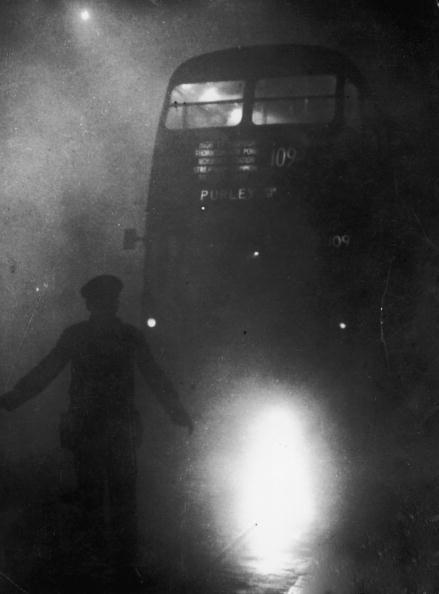
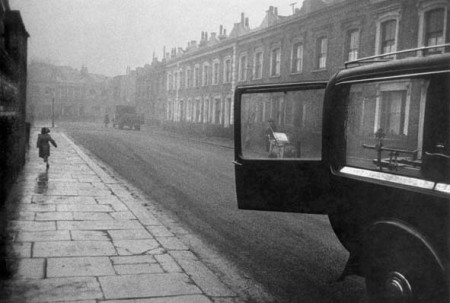
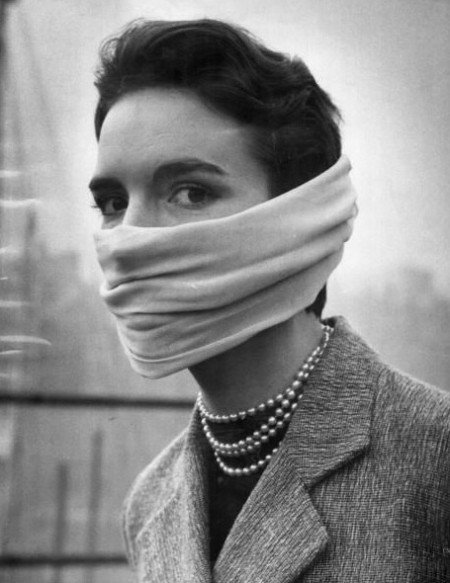
These chilling images were taken during London’s Great Smog of ’52. For four days the city of London was blanketed by a poisonous smog that reduced visibility to a few yards and led to an estimated 12,000 fatalities. From NPR:
Roads were littered with abandoned cars. Midday concerts were cancelled due to total darkness. Archivists at the British Museum found smog lurking in the book stacks. Cattle in the city’s Smithfield market were killed and thrown away before they could be slaughtered and sold — their lungs were black.
On the second day of the smog, Saturday, Dec. 6, 500 people died in London. When the ambulances stopped running, thousands of gasping Londoners walked through the smog to the city’s hospitals.
The lips of the dying were blue. Heavy smoking and chronic exposure to pollution had already weakened the lungs of those who fell ill during the smog. Particulates and acids in the killer brew finished the job by triggering massive inflammations. In essence, the dead had suffocated.
Some 900 more people died on Tuesday, Dec. 9, 1952. Then the wind swept in unexpectedly. The killer fog vanished as quickly as it had arrived.
It sounds like the plot of a post-apocalyptic film, but the event opened the public’s eyes to the deadly effects of pollution and led to significant developments in environmental research, government regulation, and public awareness of the relationship between air quality and health.
